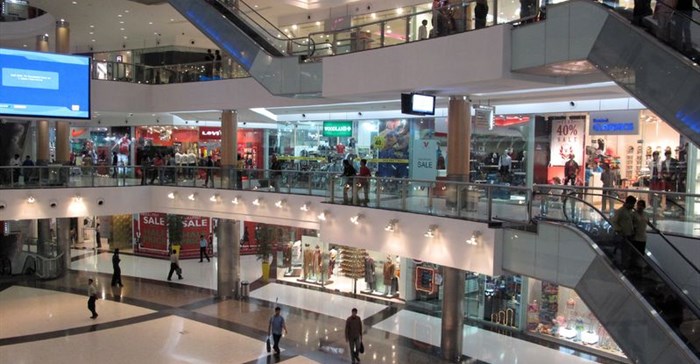
First impressions count. One wants customers to be blown away by what is on offer. One wants them to find not only everything they need under one roof but also to be thrilled by the many additional ‘nice-to-have’ and unique offerings they find at such a mall.
To achieve this objective, one has to know the mall catchment area and exactly who one’s mall will be servicing. That is generally the community in which it is located but megamalls are also a magnet for residents of the outlying suburbs of Pretoria, the large contingent of the foreign businesspeople and diplomats who live in South Africa’s executive capital city and keen shoppers from the African diaspora, including SADC and sub-Saharan Africa.
One has to ensure there is as close a match between the needs of one’s target markets, their buying capacity and the kinds of tenants present in one’s mall. For this reason, mall management should conduct extensive market research in order to have insights into the demographics, needs, size and disposable income of their target markets, as well as their aspirations and preferences.
But getting the tenant mix right is not important just to bring feet into the mall. It is vital for the tenants themselves too. Ideally, you want complementary stores feeding off each other, meeting shoppers’ needs and enhancing revenues.
Niche retailers, which are the many little stores that provide the variety in a shopping centre, do not usually have large marketing or advertising budget, so they rely on the larger retailers in the mall to bring in the customers.
Anchor tenants, which are generally grocery offerings in South Africa, bring the critical mass into the mall. If, as a shopping centre manager, one gets the right anchor tenants, the smaller retailers will feel reassured that a certain type of consumer will definitely be visiting the mall and that the foot count will therefore be assured to at least a certain degree, which will probably encourage them to set up shop in one’s mall.
These retailers include ‘non-retail services’, such as a Fives Futbol, Fun Company, dry-cleaner, barber, internet-browsing store, travel agent and e-toll outlet. These offerings ensure a more holistic approach to one’s tenant mix and they contribute individually to the mall’s foot count.

Other important criteria in the tenant mix include where one’s tenants are located and how much space their shops take. One’s customers do not want to have to walk from one end of a shopping centre to another to tick off specific items on their shopping list. For instance, in Menlyn Park Shopping Centre, we have grouped all the large anchor grocery stores together in Grocery Avenue. This ensures an accessible, convenient experience for consumers who may want to visit two or three large retail grocery outlets to fill their exact needs.
The same applies to the mall’s Fashion Wing, where fashion brands are grouped together over three levels, and the new spacious food and entertainment area, with popular eateries clustered together, offering a very wide choice within a pleasant space where customers can linger.
One needs to bear in mind that malls are no longer primarily about simply shopping. When consumers visit malls, they are looking beyond traditional shopping, they also want relaxing and entertaining experiences. Ideally, one wants to maintain a good balance between food and beverages, fashion and beauty, electronics, groceries, and entertainment, plus a healthy number of smaller ‘non-retail’ offerings. This side of getting the mix right is as much an art as it is a science.
The bottom line is finding the sweet spot for one’s customers between convenience and experience. Mall management must never forget that all tenants affect foot count – both the big destination stores that anchor a mall, and the smaller ‘impulse-buy’ and ‘non-retail’ stores that make up the mix.